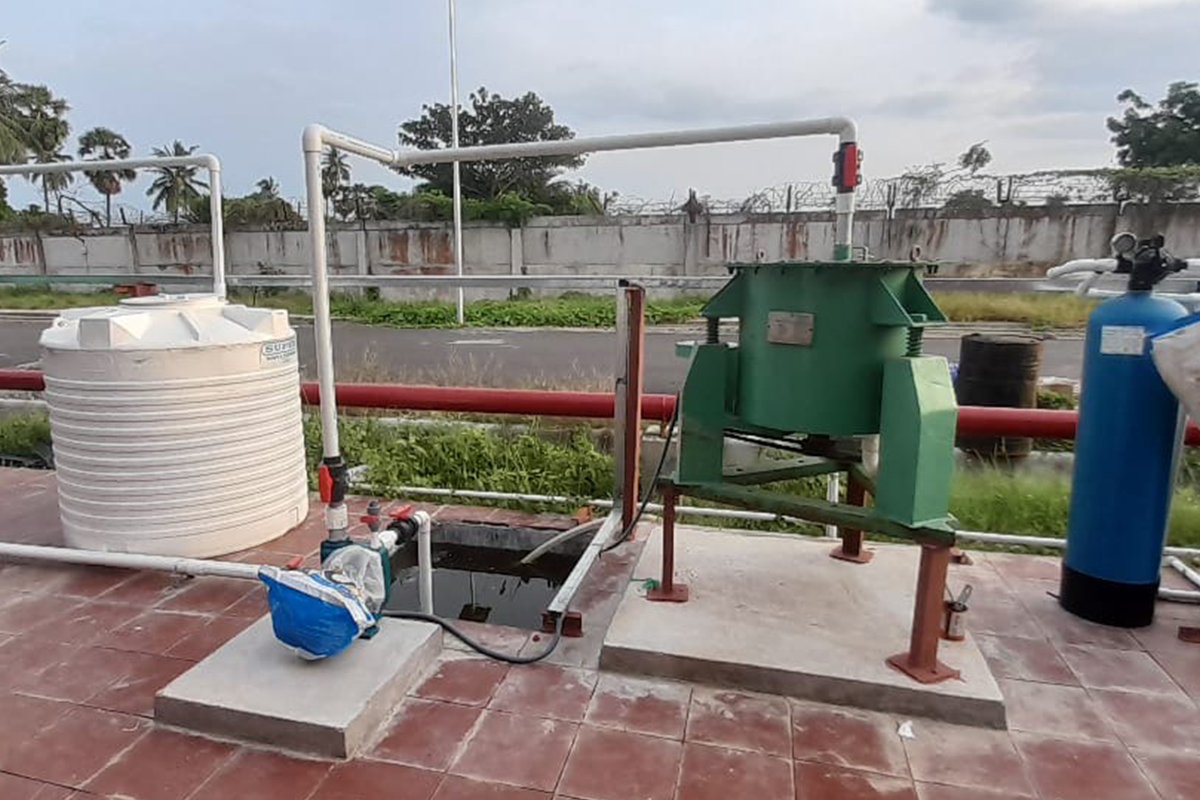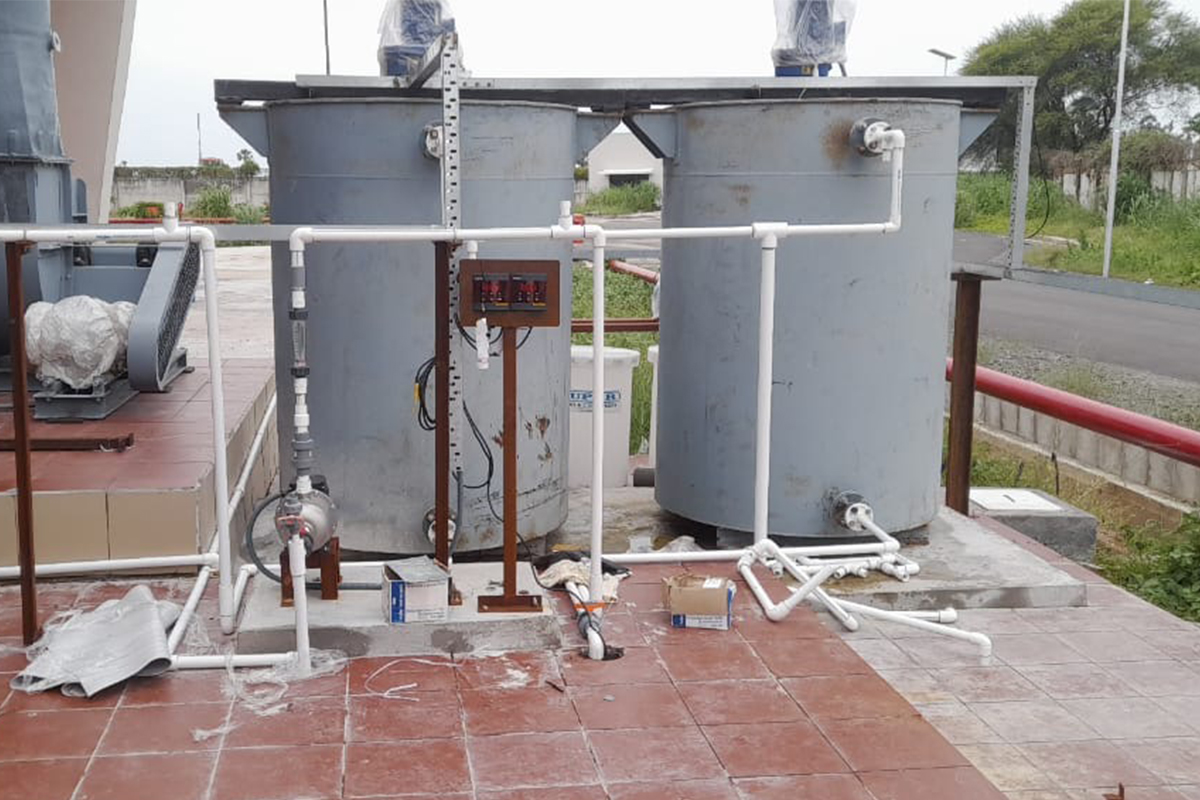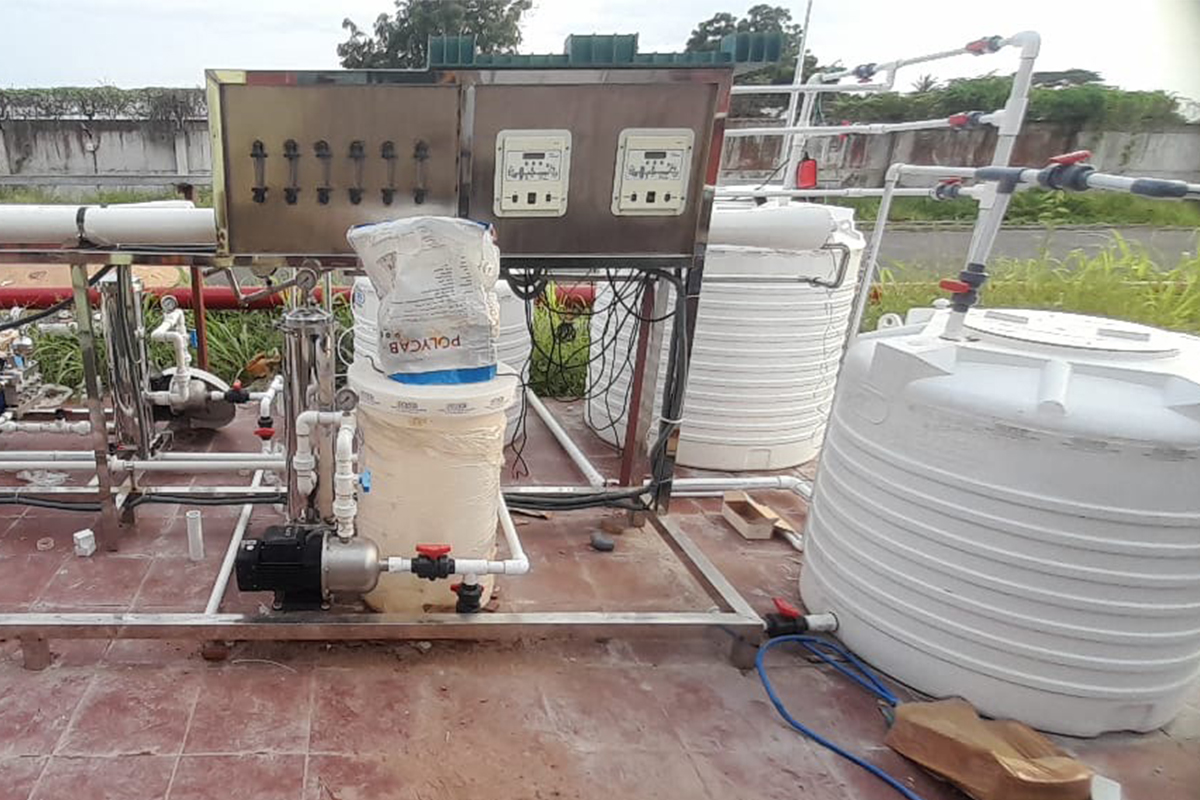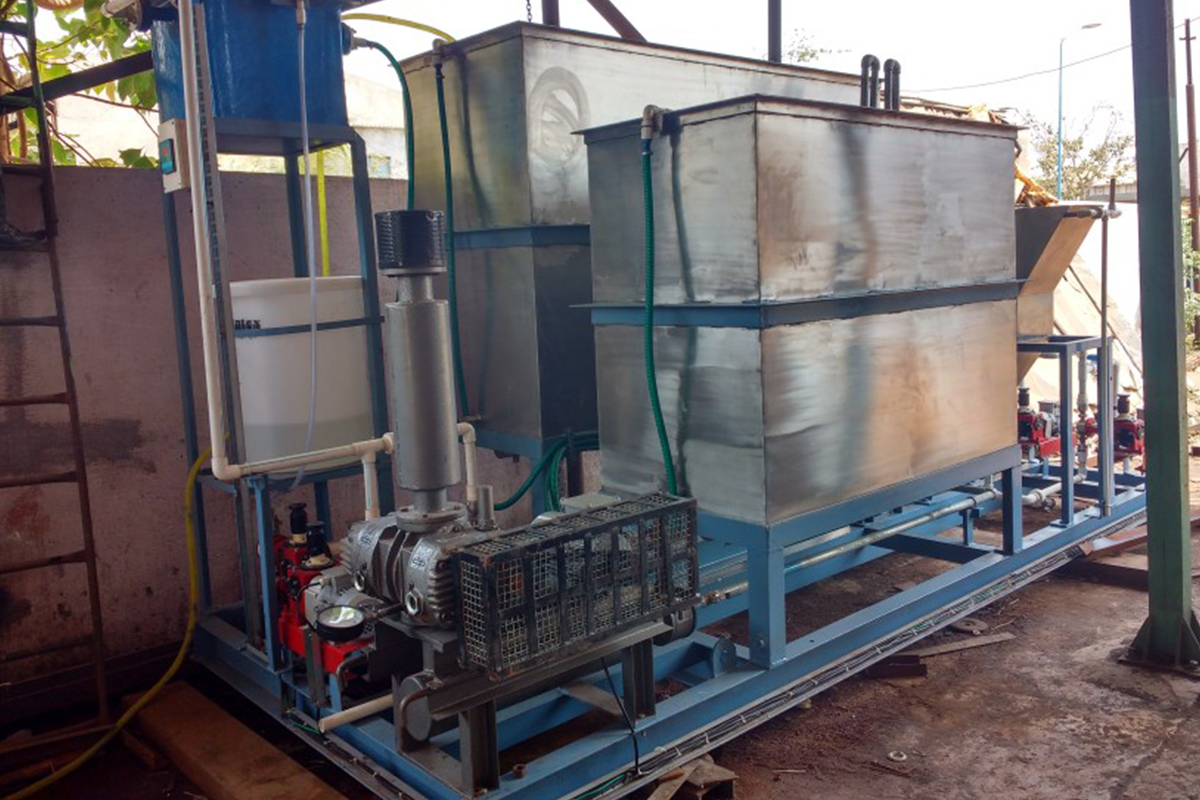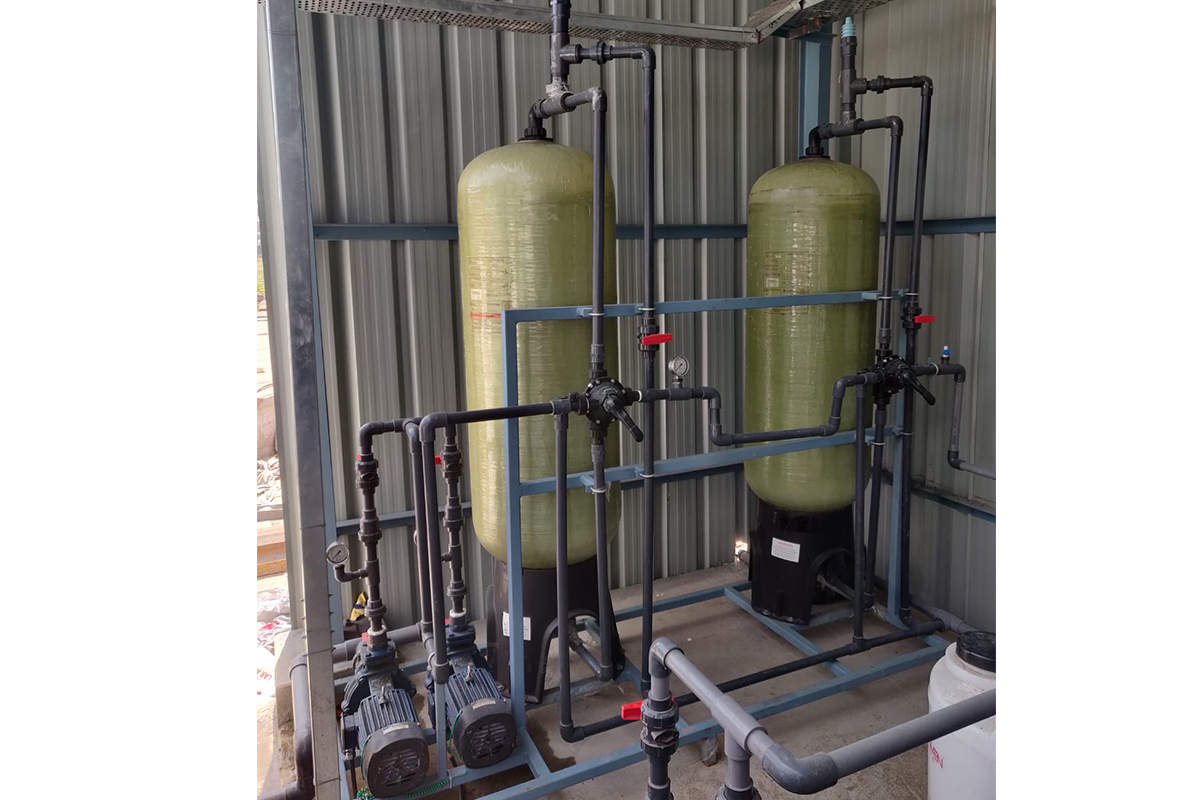Effluent Treatment Plant
Effluent Treatment Plants (ETPs) are essential for treating industrial wastewater before its safe discharge or reuse. These plants utilize a combination of physical, chemical, and biological processes to remove contaminants, ensuring compliance with environmental regulations and minimizing ecological impact.
An Effluent Treatment Plant (ETP) is a system designed to treat industrial wastewater for safe disposal or reuse, ensuring compliance with environmental regulations.
- Influent – Untreated industrial wastewater.
- Effluent – Treated wastewater, safe for discharge or reuse.
- Sludge – Solid residue remaining after wastewater treatment.
ETPs play a crucial role in reducing pollution, conserving water, and promoting sustainable industrial practices.
Treatment Level and Mechanism in ETP
Treatment Level
- Preliminary
- Primary
- Secondary
- Tertiary
Treatment Mechanism
- Physical
- Chemical
- Biological
Primary Treatment
Physical and Chemical Treatments are used in here
- pH Control
- pH is adjusted to make the wastewater pH neutral.
- For acidic waste: NaOH, CaCo3, Ca(OH)2 etc.
- For alkali waste: H2SO4, HCL.
- Coagulation– Chemical coagulants such as Alum (Al2 (SO4)3) are added in-order to collect smaller particles into larger particles called flocs.
- Flocculation– Chemical flocculants such as polyelectrolyte are added in-order to make lager flocs to come together and make lumps.
Secondary Treatment
Biological and Chemical Treatments are used in here
- Aerobic Process
- Aerobic treatment takes place in presence of Oxygen.
- Utilizes microorganism to convert free oxygen into carbon di oxide, water and biomass.
- Anaerobic Process
- Take place in absence of oxygen.
- Use microorganism that do not require oxygen to assimilate organic impurities.
- Final product is methane and biomass.
Preliminary Treatment
- Screening- Screen with opening of uniform size (max 10mm) is used to separate physical impurities such as plastic, cloth, tissues etc.
- Sedimentation- Suspended solids are removed from water using gravity.
- Clarification- Solids separated from fluids.
Tertiary Treatment
Final cleaning process to remove remaining inorganic compounds in the wastewater before it can be either released into environment or used to further treatment
- Alum- Used to remove additional phosphorous particles in the waste water and help group the remining solid particles for their easy removal.
- Chlorine- Disinfection of Tertiary treated waste water
Key Features & Benefits:
Complete Wastewater Recycling & Water Conservation
Ensures 100% water recovery, reducing freshwater consumption and promoting sustainability.
Advanced Multi-Stage Treatment Process
Uses Reverse Osmosis (RO), evaporators, and crystallizers to achieve zero liquid discharge efficiently.
Energy-Efficient & Cost-Effective Operation
Optimized processes lower energy consumption, minimize waste disposal costs, and improve long-term savings.
Regulatory Compliance & Environmental Protection
Meets strict environmental regulations (CPCB, EPA) while preventing water pollution and reducing carbon footprint.
Industry-Specific Customization & Smart Monitoring
Adaptable to different industries with IoT-based real-time monitoring for better control and efficiency.


